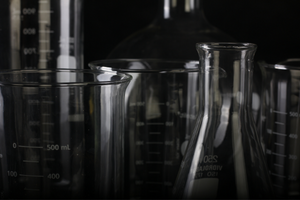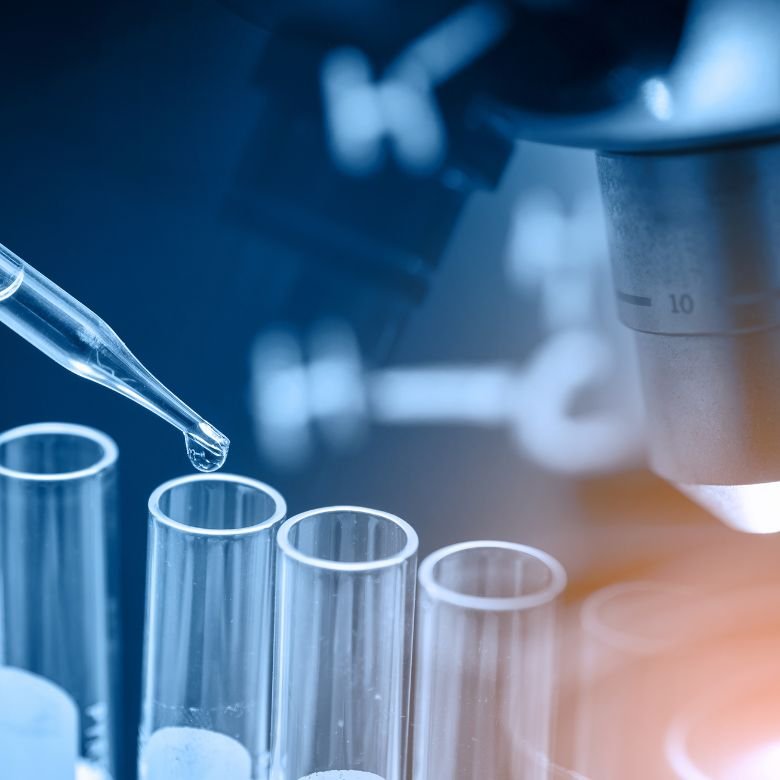Compounds belonging to this group are among the most common organic molecules both in nature and in the chemical industry. A vast number of substances required by living organisms contains the aldehyde functional group -CHO. In industry, simple aldehydes are used as solvents or substrates for further chemical transformations and manufacturing of useful products. For example, the product of formaldehyde polymerization, known as Aldehyd AG, is valuable for the tanning industry. In itself, it has the ability to tan, it improves thermal resistance of leather, its fullness and plumpness, and also counteracts harmful external factors such as sweat, alkalis and washing.

Properties of aldehydes
The carbonyl group, which is the functional group of aldehydes, has a planar structure. The angles between bonds have a width of about 120° and the C=O double bond is polarized. Due to the polarity of this group, aldehydes show stronger intermolecular interactions than alkanes of similar mass. Their boiling points are also higher. The simplest aldehyde is formaldehyde (HCHO), a gaseous substance at room temperature. The other simple aldehydes are liquids.
Nomenclature of aldehydes
The names for aldehydes are created based on the name of the corresponding alkane by adding the suffix -al. The chain must contain a -CHO group and its carbon atom is the first in the numbering. Names created using this method are e.g. ethanal, propanal. In the case of more complex aldehydes, where the carbonyl group is attached to a ring, the suffix -carbaldehyde is used, e.g. cyclohexanecarbaldehyde. Some of the simplest and most commonly used aldehydes also have their common names, e.g. methanal – formaldehyde, ethanal – acetaldehyde, benzenecarbaldehyde – benzaldehyde.
Production of aldehydes
The two methods that give the best results in aldehyde synthesis are:
- Oxidation of primary alcohols, often using pyridine chlorochromate in a dichloromethane solution at room temperature,
- Oxidation of cleaved alkanes, because alkenes having at least one vinyl hydrogen atom can undergo oxidative cleavage in a reaction with ozone, which in turn leads to the formation of an aldehyde. It is also possible to use cyclic alkenes to obtain dicarbonyl compounds.
Some of the carboxylic acid derivatives can be partially reduced to aldehydes, e.g. by the action of diisobutylaluminium hydride on esters, which is a frequently chosen synthesis route in laboratories. This reaction is carried out at -78°C in a toluene solution, and the yields are often very satisfactory.

Oxidation of aldehydes
Easy oxidation to carboxylic acids is a process typical for aldehydes. They contain a hydrogen atom in the -CHO group, and it can be removed during this transformation. Various oxidants are used for this purpose, e.g. HNO3 and KMnO4. For laboratory syntheses, the most common path is the use of the Jones reagent: CrO3 in an aqueous solution of sulphuric acid. This method does not require high temperatures, and the yields obtained are relatively high. The only problem associated with this reaction is that it takes place in an acidic environment, which can lead to side reactions if acid-sensitive molecules are present in the compound. In such cases, the Tollens reagent, i.e. an ammonia solution of silver oxide Ag2O, is used. Aldehydes are still oxidized and their double bonds (carbon-carbon) or other functional groups remain intact.
Nucleophilic addition
The most common type of reactions among aldehydes are those based on the nucleophilic addition mechanism. The nucleophile attacks the electrophilic carbonyl carbon almost perpendicularly to the plane of the aldehyde group. The next step is the rehybridization of this carbon atom from sp2 to sp3 forming a tetrahedral alkoxy ion, which is an intermediate product. Typically, the influencing nucleophile is negatively charged or neutral in nature. The course of the nucleophilic addition can be further transformed in two ways:
- The tetrahedron-shaped intermediate product is protonated by water or an acid, transforming into an alcohol,
- The carbonyl atom of oxygen is eliminated in the form of HO– or H2O, resulting in a product with a C=Nu double bond.
The reactivity of aldehydes
For steric and electronic reasons, aldehydes are quite reactive compounds. Steric, because they have only one large substituent, so attacking nucleophiles have easy access. The resulting intermediate product has a relatively low energy. The reactivity of aldehydes is also caused by their polarity and the presence of only one alkyl group, which is designed to stabilize the partial positive charge on the carbonyl carbon atom. In this respect, their greater reactivity can be compared to similar ketones, which have two alkyl groups. They are less reactive than aldehydes.
Hydration
Aldehydes react with water – nucleophilic addition of H2O to the carbonyl group. The products of such reactions are 1,1-diols, i.e. geminal diols. However, this reaction is reversible and it is possible to return to the original aldehyde structure after eliminating the water molecule.

The reaction with Grignard reagents
The transformation of aldehydes in the presence of a Grignard reagent (RMgX) leads to the formation of an alcohol. R is any alkyl or aryl group and X is a halogen atom. This is another reaction occurring according to the mechanism of carbanion nucleophilic addition. It is a nucleophilic agent, having a negative charge on the carbon atom. Due to the fact that the C-Mg bond in Grignard reagents is highly polarized, they always act as an anion of the R group and a cation derived from the MgX moiety. The carbonyl oxygen atom is complexed with the Mg2+ cation, which leads to the transformation of the carbonyl group into a better acceptor. On the other hand, the anion derived from the Grignard reagent leads to the formation of a tetrahedral magnesium alkoxide by nucleophilic addition. It is an intermediate product that converts to alcohol when protonated with a diluted acid.
The aldehyde reduction reaction
The reduction of aldehydes occurs according to the mechanism of nucleophilic addition of the hydride ion. The resulting product is an alcohol, and reducing agents, such as LiAlH4 and NaBH4, are used as reactants. They play the role of a hydride ion donor, and after subsequent addition of water or an aqueous acid solution, the intermediate alkoxide is protonated to an alcohol.
Spectroscopic analysis of aldehydes
Similarly to other organic compounds, aldehydes can be analysed using spectroscopic methods. There are many tabulated relations between the structure of a compound and its absorption area. In the region of the IR spectrum, the C=O bond shows a strong absorption at the wavenumber of 1660-1770 cm-1. The exact band location is determined by the nature of the carbonyl group. At the position between 2720 and 2820 cm-1, the characteristic C-H bond absorption bands are visible. Saturated aldehydes typically exhibit carbonyl group absorption bands near 1730 cm-1, but conjugation with a ring or a double bond shifts it to 1705 cm-1. It is also possible to analyse aldehydes using the 1H NMR technique, because aldehyde protons absorb around 10 ppm and are very characteristic. No other absorption is observed in this spectral region. The atoms of hydrogen at adjacent carbon atoms are slightly exposed and typically absorb at 2.0-2.3 ppm. Using the 13C NMR technique, characteristic resonance signals can be seen in the region of 190-215 ppm.